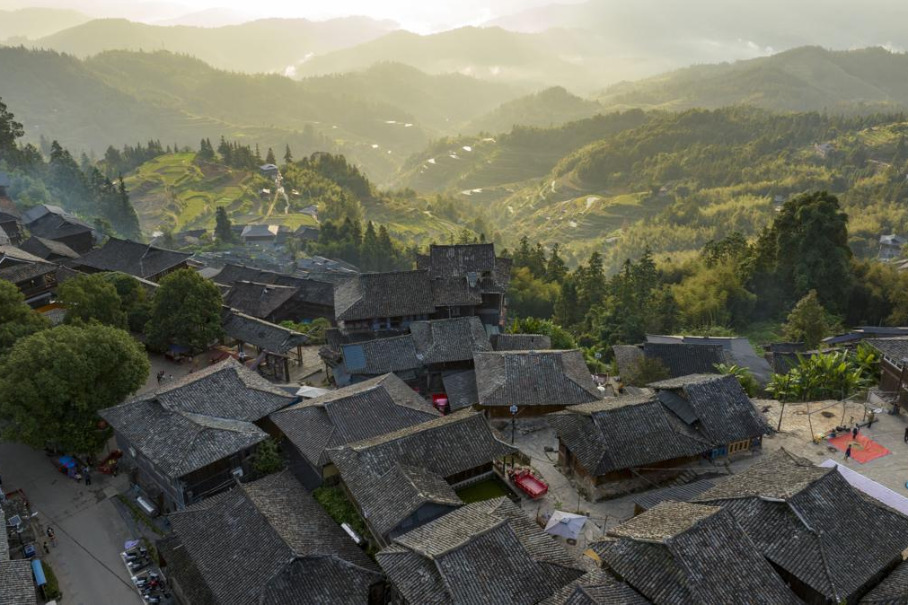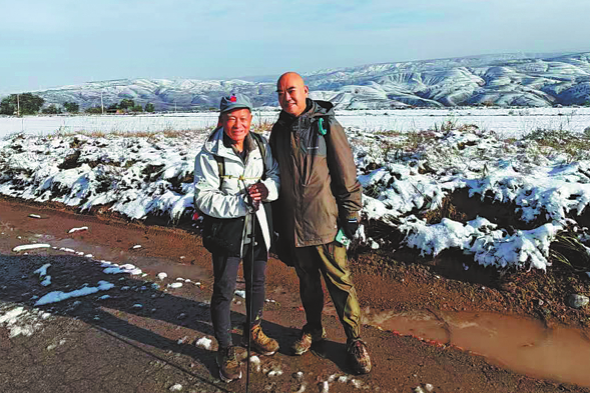3,000-year-old village ruins discovered in China

HOHHOT - Chinese archaeologists have discovered the ruins of a Bronze Age village dating back more than 3,000 years in Chifeng city, North China's Inner Mongolia autonomous region.
Located to the west of a village, the ruins cover an area of around 15,000 square meters.
Three tombs including a joint burial were found, together with some pottery and two ditches. Excavation work is under way.
Cao Jian'en, head of the regional institute of archaeology, said preliminary research showed that the ruins were mainly from the Weiyingzi Culture, a branch of Bronze Age culture during late Shang Dynasty (1600-1046 B.C.).
"The discovery will provide new reference for studies on archaeology and culture in southeast region of Inner mongolia during the Bronze Age," Cao said.
- China opens draft regulations on data protection to public consultation
- Veteran French physicist elected to Chinese Academy of Sciences
- Former Polish deputy PM praises China's economic rise, growing influence
- HK powers the nation's equestrian development
- Forum hailed for promoting Global South modernization
- Wushu needs more events in GBA, coaches in Macao say




































